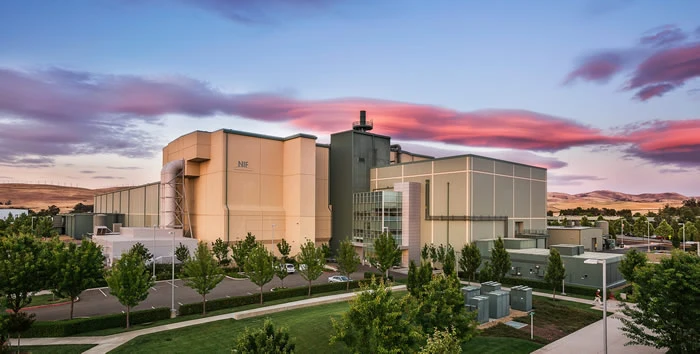In a landmark achievement that marks a turning point for energy science, a recent experiment has confirmed that nuclear fusion, a process mimicking the sun’s core power mechanism, can indeed produce more energy than it consumes. This historic event, unfolding in late 2022, signifies a pivotal moment in humanity’s quest for a clean, virtually limitless energy source, previously the stuff of scientific dreams.
Nuclear fusion, the powerhouse behind the dazzling brilliance of stars, involves the merging of lighter elements into heavier ones, a process that liberates immense quantities of energy. This celestial phenomenon not only illuminates our universe but also sustains life on Earth through the energy we receive from our sun.
The quest to harness this process on Earth has tantalized scientists ever since the principles of fusion were deciphered in the last century. The challenge has been monumental: replicating the star-like conditions of extreme pressure and temperature necessary for fusion has remained an elusive goal, until now.
Enter the National Ignition Facility (NIF), a vanguard in the field of inertial fusion, which has become the first to breach the threshold of producing more energy from fusion than the amount invested to initiate the reaction. The experiment, employing a technique where powerful lasers target a tiny capsule containing heavy hydrogen isotopes, has succeeded in generating a staggering 3.1 MegaJoules of energy from a laser input of 2.05 MegaJoules, thus achieving over 150 percent of the energy input.
“In summary, we have observed for the first time substantial reheating of indirect-drive hohlraums from burning fusion capsules, at levels comparable, and exceeding, the original NIF laser drive,” the scientists wrote in one of the papers released in just the last few days.

This feat, described as surpassing “scientific breakeven,” heralds a new era in fusion research.
However, the journey toward a fully operational fusion power plant is far from over. Scientists estimate that to be viable for electricity generation, the output must exceed the input by more than tenfold.
Yet, the meticulous analysis of the data from the December 2022 experiment has uncovered promising insights, particularly the observation of the hohlraum, or the capsule’s enclosure, reheating to levels beyond the laser’s initial energy contribution, hinting at the potential for a self-sustaining fusion reaction.
As articulated in one of the five comprehensive papers released, this discovery of hohlraum reheating through fusion presents a tantalizing glimpse into the possibility of achieving a stable, burning plasma — a critical milestone toward realizing fusion as a practical energy source.
The implications of such a breakthrough are profound, promising a future where clean, abundant energy could revolutionize our world, mitigating climate change and reshaping global economies.
More To Discover
- There Are Trillions of Tons of Clean Power Beneath U.S. Soil
- Wind-Powered Cargo Ships with Sail-Like ‘Wings’ Aim to Reduce Fuel Usage by 30% And Now We Have One In Operation
- 1.5 Billion Tires Are Thrown Away Annually, A New Recycling Method Can Transform Them Into High-Value Products
- World’s Tiniest Marine Mammal Faces Imminent Extinction In First Alert Issued By International Whaling Commission
The NIF’s achievement isn’t merely a scientific curiosity, but a beacon of hope for a sustainable future, illuminating the path toward mastering the same primal force that lights up the stars.
As we stand on the brink of this new age, the promise of nuclear fusion as a clean, inexhaustible power source moves ever closer to reality, offering a vision of a world powered by the very essence of the cosmos.





















